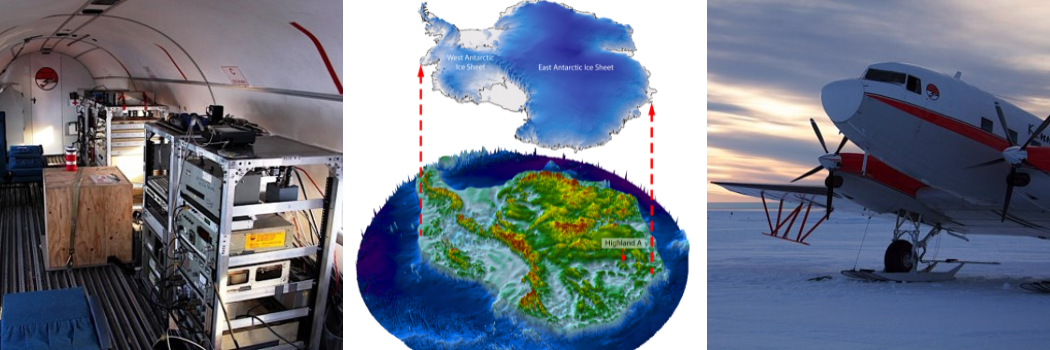
We're part of an international research team that has discovered an ancient landscape that has lain hidden beneath the East Antarctic Ice Sheet for millions of years.
The researchers, led by Durham and Newcastle universities, used satellite data and radio-echo sounding techniques to map a 32,000 km2 area of land underneath the vast ice sheet.
They discovered a landscape that appears to have been formed by rivers at least 14 million years ago and possibly even before the initial growth of the East Antarctic ice around 34 million years ago.
This newly discovered landscape consists of ancient valleys and ridges, similar in size-and-scale to the glacially-modified landscape of North Wales, UK.
It tells us important information about the early, and long-term, history of the East Antarctic Ice Sheet, as well as helping us to understand how it might evolve in response to future climate change.
Building knowledge
The discovery builds on previous work by this team who, in collaboration with other researchers, have mapped out hidden mountain ranges, canyon systems and lakes beneath the ice in Antarctica.
Although the landscape beneath the ice sheet is not visible to the naked eye, satellite images captured over the region show small undulations of the ice sheet's surface that provide clues about what lies beneath.
In a few places, the landscape's existence has been confirmed by using radio-echo sounding from planes to see through the ice and map the shape of the land beneath the ice sheet.
The research team proposes it is likely that there will be other, as yet undiscovered, ancient landscapes hidden beneath the East Antarctic Ice Sheet.
Their study has been published in the journal Nature Communications.
Top images show the plane and equipment used to conduct a partial survey of Antarctica during the ICECAP data gathering project, courtesy of ICECAP. Central image shows how the landscape of Antarctica would appear if the ice were lifted away, courtesy of Stewart Jamieson.






